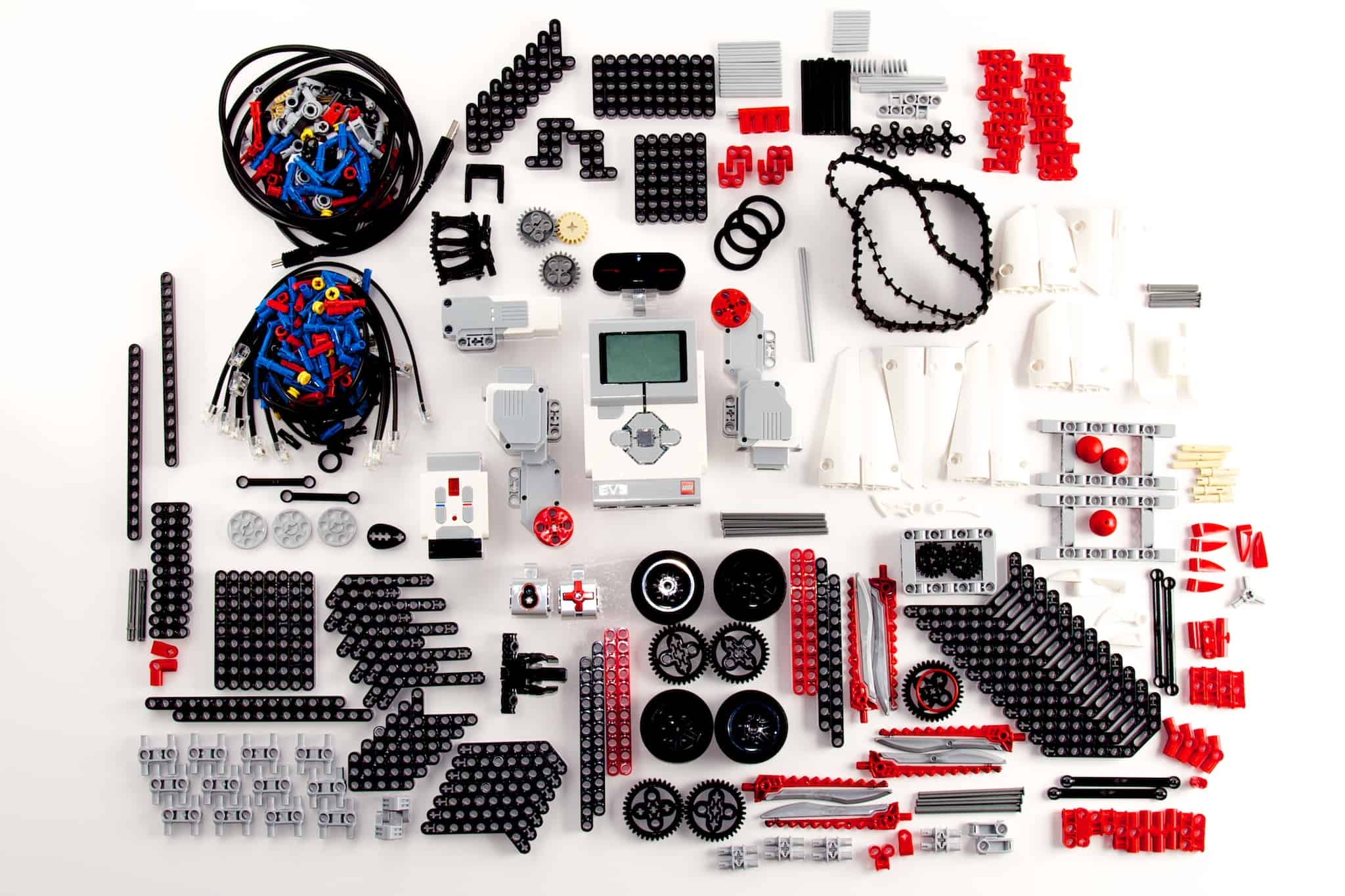Should Your Child Join a Robotics Team?

From coding to stop-motion animation videos to sewing, the maker movement is becoming more and more favorite with kids and adults.
Maker culture is a movement that embraces do-it-yourself tinkering with automatics and physical objects—it focuses on learning and trying out increased practical skills, building a community of resources and experimenting.
Robotics and electronics are two symbols of the maker movement (electronics explores using electronic circuits, while robotics combines lines, action and sometimes software to create a machine or robot). Projects can be as easy as making a light blink, or as involved as making an entire robot.
As students prepare to head back to school this fall, the trouble is on for parents and teachers to find activities that keep kids interested and productive. One trend that’s picking up steam is robotics.
Robotics contests are a great way not only to keep kids interested in classes end but to provide valuable learning above and beyond what they can get in a standard classroom setting. One of the most significant benefits is that kids get to set up to find professional achievement, but they have a lot of fun while doing it.
A robotics team can start as early as age 6-10, with a lego-based league that is a more moderate introduction to robotics principles. By high school, the teams are still enjoyable, plus hard work and more oriented toward coding and technology.
At any age, kids who join in a robotics program can gain a mixture of skills from experience: in addition to analytical thinking, math, and coding, they will necessarily experience trial and error; problem-solving, managing time, resolving conflict, working with a team. These are the kind of life skills that kids can only get by doing.
Four reasons your child should join a robotics team:
1. They’ll learn to be imaginative and solve problems.
Students must navigate limitations, including limited time and sources to meet deadlines and challenging demands, but they won’t let that stop them. You’ll be surprised to see how each team comes prepared with various solution to the same problem — including the innovative ideas teams design and build their robots.
2. They master teamwork and collaboration
Just like any other team sport, friendship is developed in robotics, too. Students work together to resolve problems and meet goals. Plus, there’s a role for everyone: Team duties range from engineering and coding to fundraising and marketing. By working with others and combining ideas born from teammates’ diverse backgrounds and schools of thought, students understand the true meaning of collaboration.
3. They lay the groundwork for their future career:
There’s a shortage of skilled STEM workers in the U.S.: In 2016, 13 STEM jobs were posted for each jobless worker, a difference of nearly 3 million free positions. No matter which STEM field students aspire to, there’s a chance to hone their skills through robotics. Even if a STEM-focused career isn’t where they envision themselves, kids can get important fundraising, marketing, and event experience. Most importantly, robotics inspires a lifetime love of learning that is significant to success in an ever-changing workforce.
Robotics gives kids the technical and interpersonal skills they’ll need to change the future economy and become well-rounded adults, and it’s never too early to get involved. With high-quality training, mentorship and opportunities, any kid can find a future in STEM.
4. They’ll make friends for life:
Robotics is an excellent way for kids to meet new friends, whether they’re teammates or competitors. Some competitions are worldwide and attract students from upwards of 30 countries, making them high chances to expand your students’ worldview.
Advantages of a robotics team:
The benefits of forming a robotics team are endless. Here is a list of the top reasons why it is advantageous to start or continue to develop a robotics team.
CREATIVITY
Students have to work together to brainstorm ideas on how they will develop a robot to perform all the mechanisms needed for the contest. Also, teams can design buttons, t-shirts, banners, team webpage, flags, etc.
ENGINEERING
Students compose using CAD the robot and then build it using many materials and learning how to use tools. This is a hands-on experience like no other one and you lastly see how things learned in class can be practiced in real life.
LEADERSHIP
Students vote to choose the leaders of every activity every school year. This is the first practice of being in charge of other people and what it takes to become a great leader. Every member of the team experiences it since we mentor elementary and middle school in their competitions, plus our summer camps and our camp at the regional library.
TEAMWORK
Students must learn to act together to become a team. A robotics team requires that we work together, all the activities and help each other all the time.
STRATEGY
Before we start building our robot, the team needs to read and understand the whole guidebook. Then the entire group brainstorm possible solutions and on which mechanisms we need to work on to build and reach the goals required for the contest.
PROGRAMMING
Students gain practice in a highly used field that is in the high request in today’s world. The software used in robots varies with every competition, and most competitions have more than one programming language possible for students to use.
Increased Confidence
Students may initially direct away from after-school robotics clubs because they think they don’t have a natural skill for it. Joining in after-school programs will show just the opposite. Taking up essential roles within their robot building group will give individual students a select target and boost their confidence.
Robotics is a field that gives every participant with a real opportunity to make it in the big leagues. Not only does being part of a competition team provide students with critical real-world skills, but competitions are also a great place to make industry contacts, and they can also be an excellent way for students to earn scholarships.



0 Comments